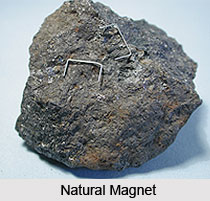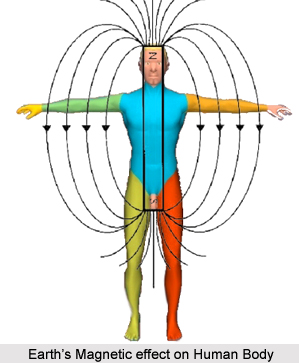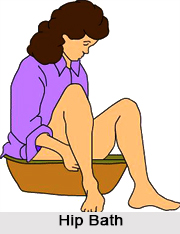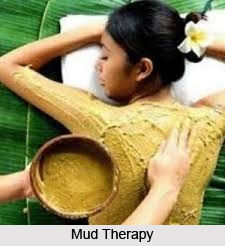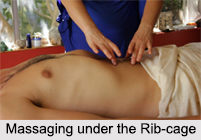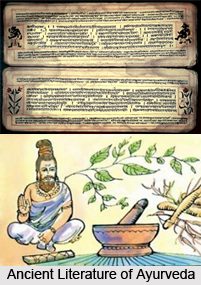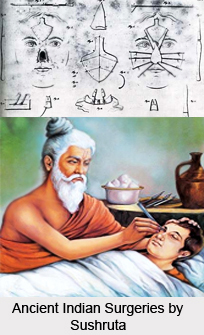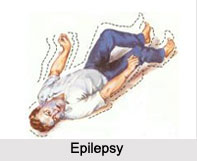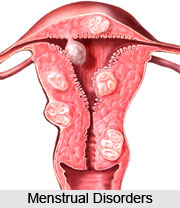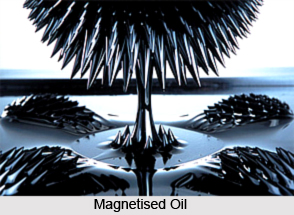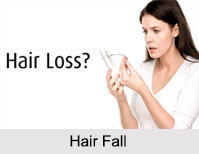 Hair Fall Disorder is a widespread manner in both female and male races, but is most usually found in men. Losing about 100 hairs on a daily basis is a common occurrence. Hair fall can occur as part of an inherent long undetected disease, such as Lupus or Diabetes. It is also looked as an early sign of a disease.
Hair Fall Disorder is a widespread manner in both female and male races, but is most usually found in men. Losing about 100 hairs on a daily basis is a common occurrence. Hair fall can occur as part of an inherent long undetected disease, such as Lupus or Diabetes. It is also looked as an early sign of a disease.
Growth Cycle of Hair
Human hair grows and develops from follicles right at the skin of the scalp. In principle, it is the number of hair follicles and their characteristic health that affects and impresses upon the growth of hair. Essentially growing within cycles, each hair follicle generally grows a single strand of hair for approximately 3 to 4 years. The cycle comes to a close with the shedding of mature hair, so that new hair can grow up once again. After a few months of "resting", fresh hair starts to take the place of the old and grow up maturely, in the place where the shed hair once was.
Types of Hair Fall
Hair fall and its governing properties are most primarily based upon the structure of the quality of hair. The term "baldness" usually refers to the male-pattern baldness or permanent-pattern baldness. Men who suffer from this type of hair fall usually start losing their hair at an early age and tends to develop more extensive baldness. In male-pattern baldness, hair loss typically results in a receding hair line and baldness on the top of the head, more precisely, the crown. Women also stand the chance to develop female-pattern baldness. In this form of hair fall, the hair can become suddenly thin over the whole scalp.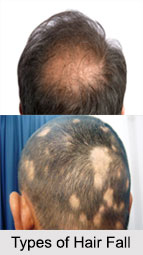
Alopecia Areata, looked at as a deadly disease by the commoner, is thought to be an auto-immune disease, in which the hair follicles are damaged by a person"s own immune system. Alopecia Areata usually begins as one or more small, round bald patches on the scalp. These can grow bigger and in a small number of cases, can progress to total hair loss. Both boys and girls can be suffering from it and the disease often begins in childhood.
Causes of Hair Fall
Stress, lack of sleep and illness weakens this secretion of oil and pigments, thus causing greying of hair and hair fall. Rigorous and painstaking dieting can stimulate hair fall. When one leads an unhealthy life, the hair is definitely one of the most significant victims. Scalp infections are the sole cause of negligence and reckless care for the hair. Hormonal problems can bring in the primary cause of hair loss. Correcting the hormonal imbalance may bring one"s hair fall to a close. Numerous women notice hair loss around 3 months after they have had been through the phase of childbirth. Fungal infections of the scalp can cause hair fall in children.
Dandruff if not arrested on time can cause tremendous hair fall. Split ends tend to go upward and consequent hair breakage comes about, which causes hair thinning. Other causes of hair fall and loss comprises the pollution, blow drying of hair, making use of hair-unfriendly shampoos, the overindulgence or lack in washing hair and the use of harmful chemicals in hair colouring. Improper and careless treatment of hair, like putting on and donning pigtails or cornrows or use of tight hair rollers, the pull and tension of the hair can cause a type of hair fall and loss termed medically as "Traction Alopecia". Alterations in climatic conditions owing to relocation and rearrangement can result in unlimited hair fall and damage.
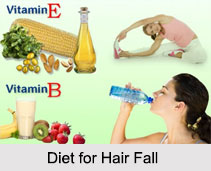 Treatment for Hair Fall
Treatment for Hair Fall
Consulting a doctor will probably be helpful at times to reduce the ailment of the malady of hair fall. Depending upon one"s type of hair fall, treatments are available. Medicines may also help slow down or prevent the development of common baldness.
Following some simple caring and treating tips can always stimulate and boost the growth of healthy hair. Shampooing of the hair as often as required to clear the dirt, as it always poses a chance to clog the pores, thus stimulating hair fall. In this context, one should always keep in mind to select a shampoo that suits the hair type; massaging the scalp while in the process of shampooing and using a conditioner after a shampoo, mostly brings back the lost lustre. It is always advised to not rub hair too vigorously with a towel. To treat and pamper the scalp to an oil massage at least once a week is also very much recommended. This will only nourish the hair roots and also improve and excite blood circulation.
Diet for Hair Fall
Nutrition is also a very key component to healthy hair, including consuming loads of water. Not only will appropriate eating promote and boost the growth of hair, it will also very much retain the moisture and health of young and growing hair. Consuming a balanced, healthy diet can be considered as one of most foremost treatments of hair fall and loss. Intake of high protein and iron rich diet; consumption of raw vegetables, fresh fruits, salads, green leafy vegetables daily; washing hair in a routine manner (twice weekly) with suitable shampoos; using relaxing techniques to conquer stress, anxiety and sleeplessness; preventing fungal infections of scalp; preventing hairstyles which pull hair are considered defensive measure for hair fall.





